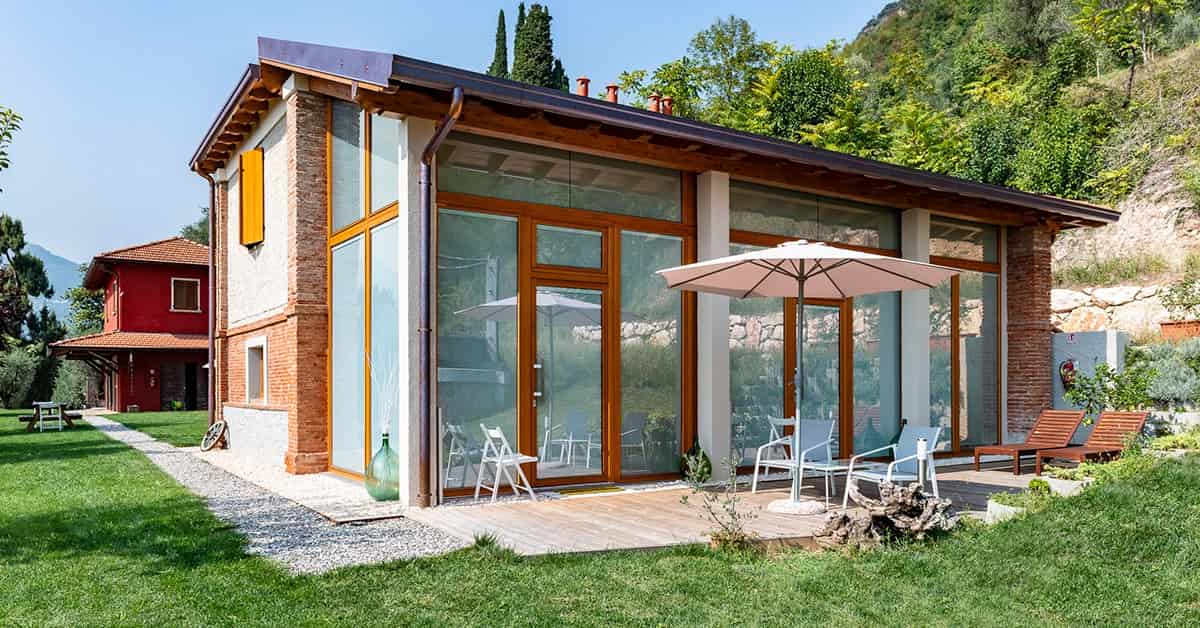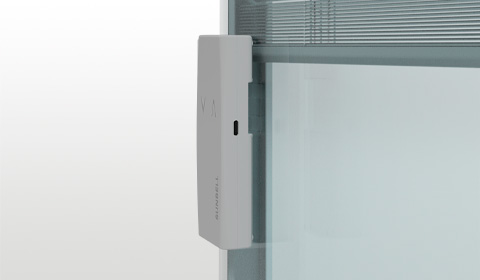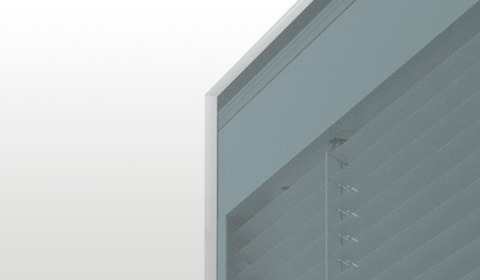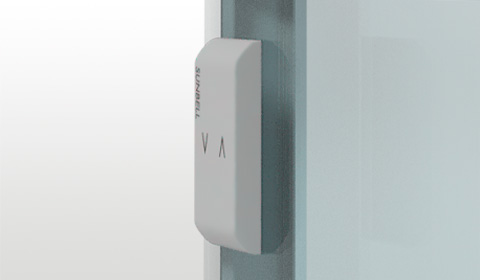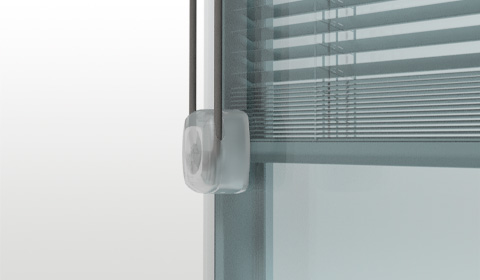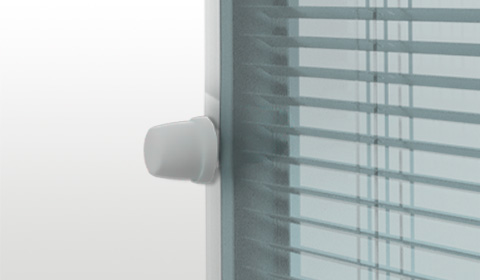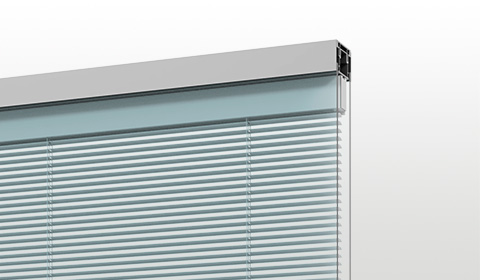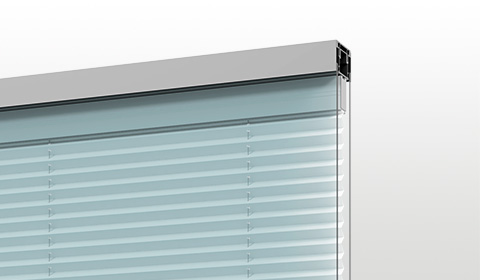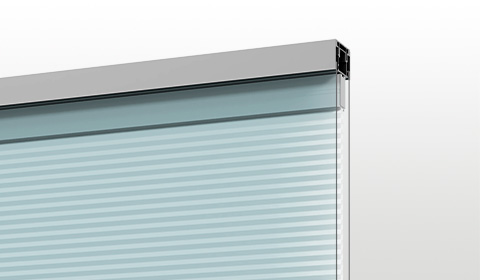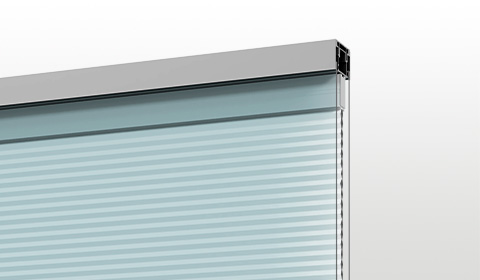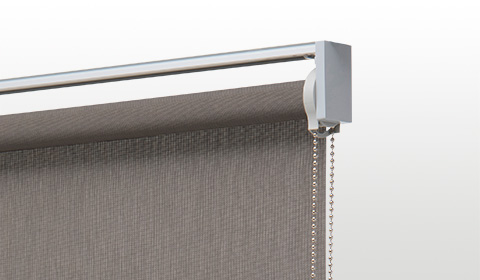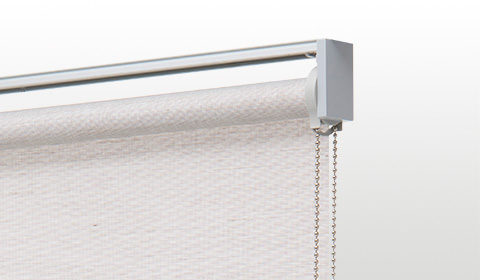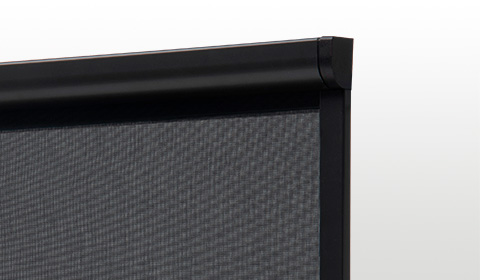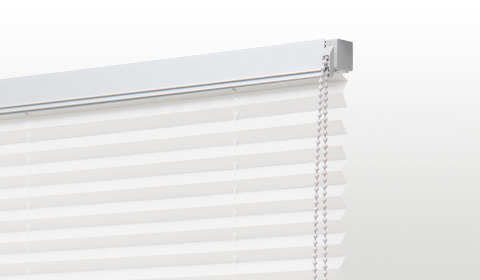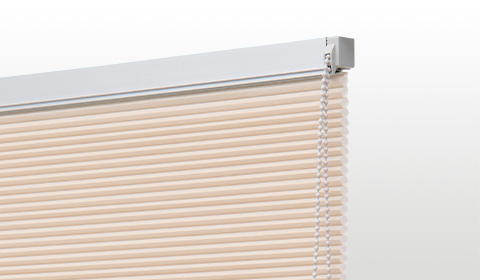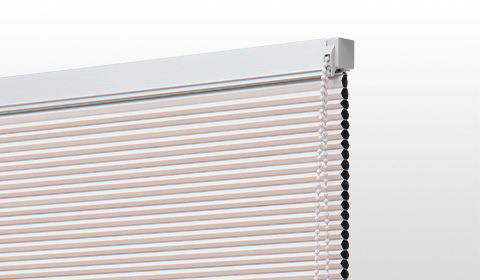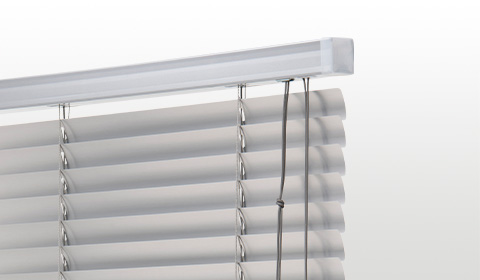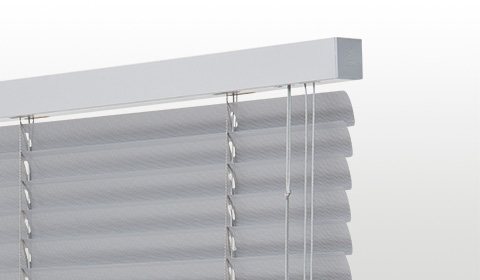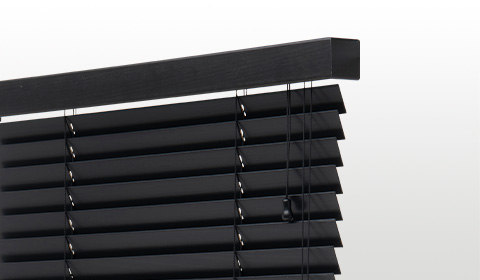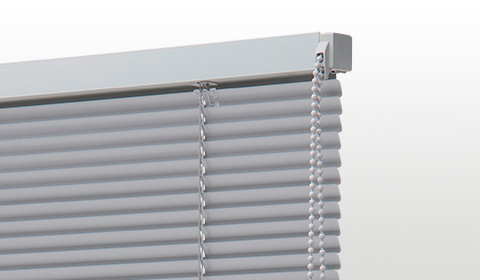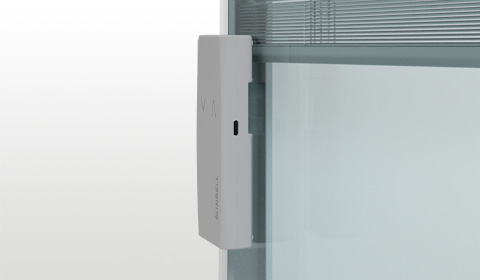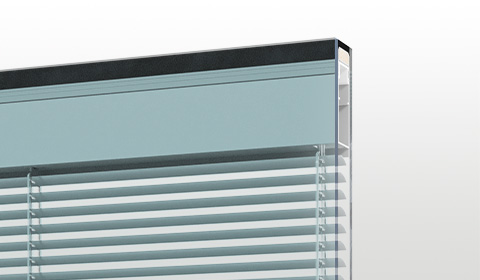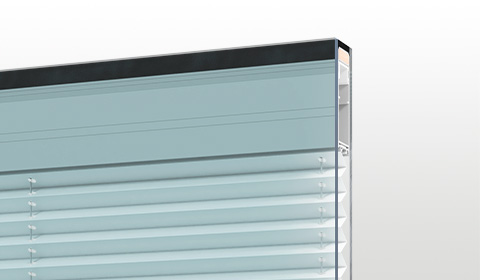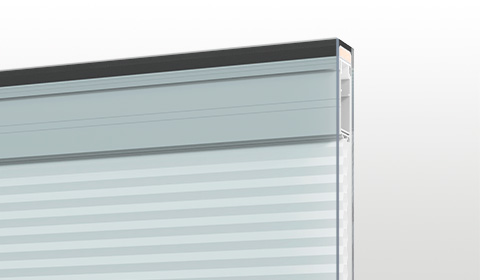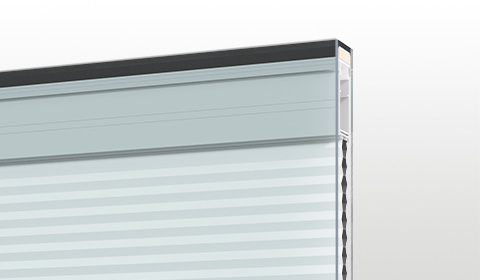When you are just about to buy a house, rent or refurbish one, one of the most important questions to ask ourselves is “what’s the most suitable heating system for my home?”.
Getting the ideal thermal solution of a house, without having to spend large sums of money for it, it’s everybody’s dream. This is why the first thing to figure out is what’s the best heating system to achieve this.
The risk is sometimes to choose a system that doesn’t quite meet the requirements of our home, and that might not offer us the energy savings we were hoping for.
This happens, most of the times, when we let ourselves get influenced by the economic elements, bad advices from someone we know, or even just by our bias ideas, which can lead us into choosing a system not suitable for our home.
To avoid these misunderstandings, you need to have a clear idea in mind about the curve for a perfect thermal balance, which is reached when the temperature is evenly distributed depending by the height of the flooring.
To achieve this result, you should have warmer lower areas and slightly cooler higher areas towards the ceiling.
It possible to trace a temperature distribution curve for any heating system and this will help you to understand what’s the best solution to reach the perfect heating balance for your rooms.
Now let’s take a look at all the various types of heating systems.
Most popular heating systems
To evaluate the heating systems more convenient for you and that can save you money and also help the environment, you need to know the different types of systems and their performance
There are several types of heating systems available on the market to choose from:
- floor heating systems: this is the ideal solutions, made of a structure of pipes directly installed under the floor. The heat radiates from the bottom up, allowing an excellent heat distribution around the house;
- infrared heating systems: this particular approach doesn’t warm up the air but all the surfaces of the rooms, absorbing infrared waves and transforming them into thermal energy;
- skirting board heating systems: it is installed with a piping system under the skirting board, allowing a good heat distribution, while also avoiding the formation of mold and condensation;
- ceiling heating systems: installed with a structure on the ceiling, it radiates the heat up to bottom, maintaining a uniforming temperature.
As already mentioned, the choice for the right heating system is crucial if you want to get the perfect thermal balance, which is also affected by environment, temperature, the percentage of humidity but also by noise and level of light present.
For this reason, it’s important also to choose window fixtures capable of keeping the temperature between 20° during the winter and 25° in the summer.
Window fixtures and your heating system
Windows are a crucial element for the comfort of your home and also key when it comes to energy savings.
They affect our perception of noise, light, and heat and they are an essential element of the heating system of our houses.
You can find many types of window fixtures on the market that can help you to protect your home by drafts and the weather:
- thermal windows;
- double glazing with thermal glass;
- windows with solar control glass.
Let’s not forget that it’s also important to match your windows with the right type of blinds such as photovoltaic Venetian blinds or double glazing blinds as these will also give additional support to your heating system.
After this look on how to achieve your perfect thermal balance with the right window fixtures and different heating systems, let’s see how you can calculate your home heating system consumption.
Calculate annual average energy consumption
Different countries have different tools that can help you with calculating what should be your average yearly energy consumption, especially considering different heating systems.
If you live in the UK, for example, this could be the right tool for you:
This is a simple calculator developed by British Gas that, using a few simple key indicators, will give you the average amount of energy that you should be consuming in your house or flat. These key indicators are:
- Property details:
- Property type
- Age of property
- Number of Bedrooms
- Number of People
- Usage details:
- Electricity usage type
- Room heating
- Boiler type
- Boiler age
- Water heating
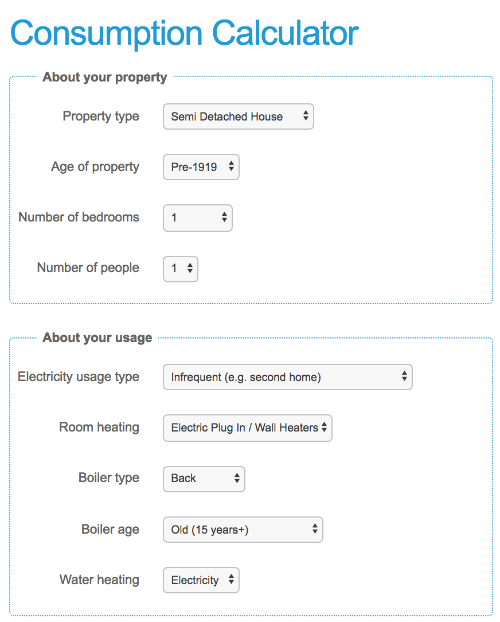
Once you have completed the questioner you will be given your expected annual consumption in KWH.
Now you will only have to check your old electricity and gas bills, adding them up, and calculate your energy consumption for the last year.
If your energy consumption for the last year is higher than the expected annual consumption predicted by British Gas, you should look into it further.
Perhaps you could consider some of the options we presented you earlier and look into surveying or upgrading your home heating system or maybe replacing your window fixtures for newer and more performing ones.

